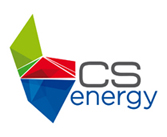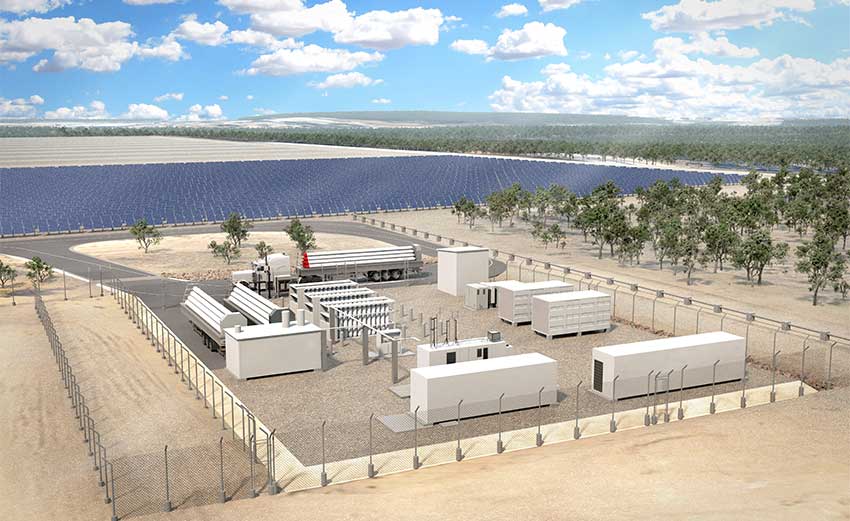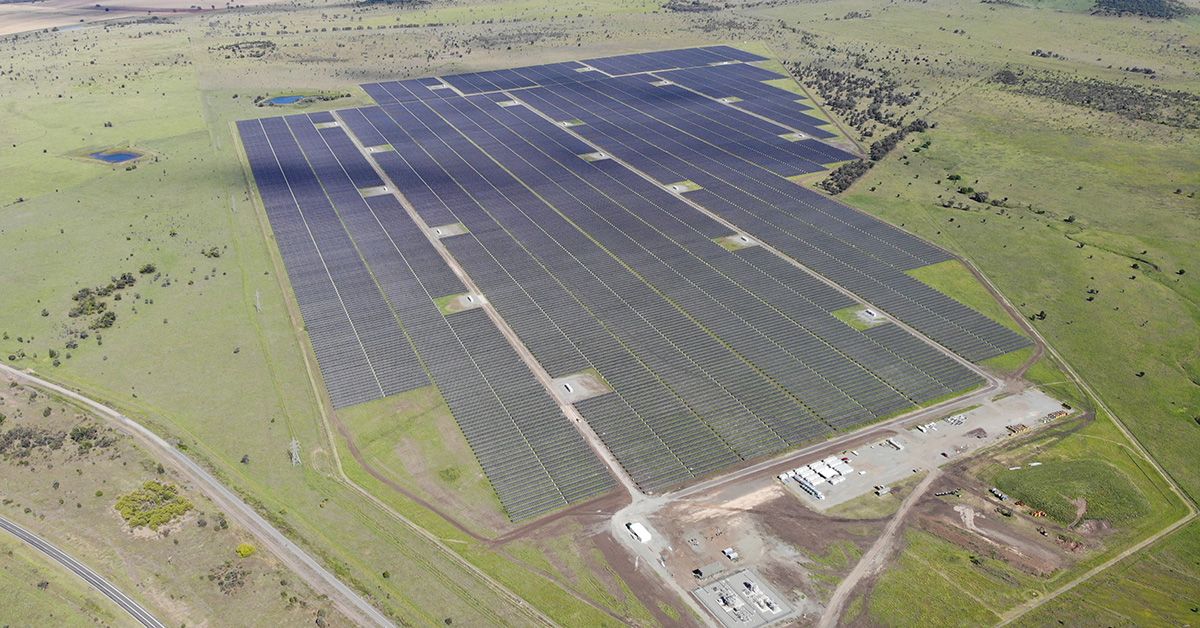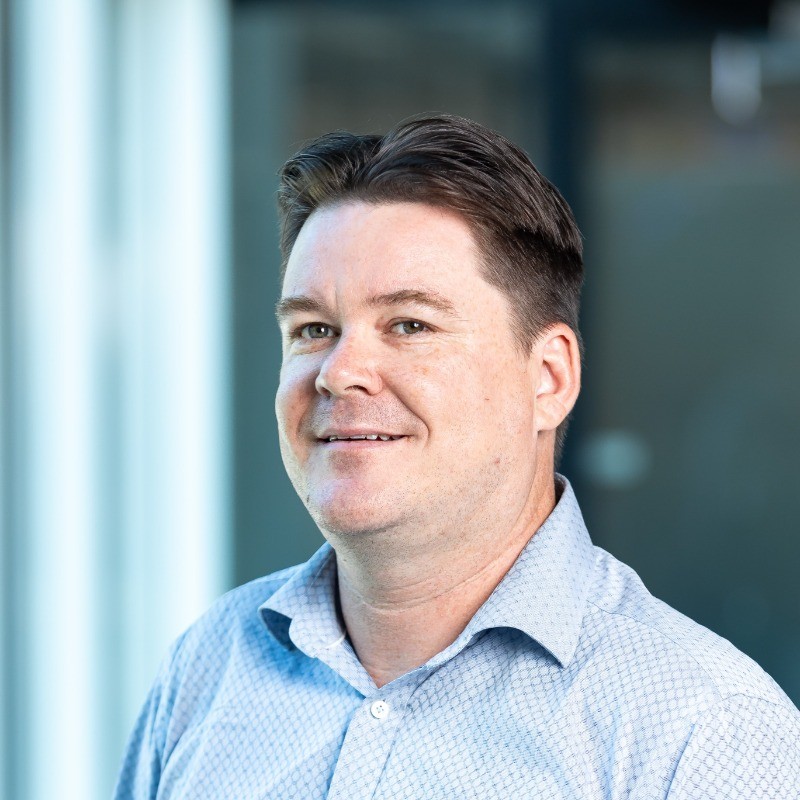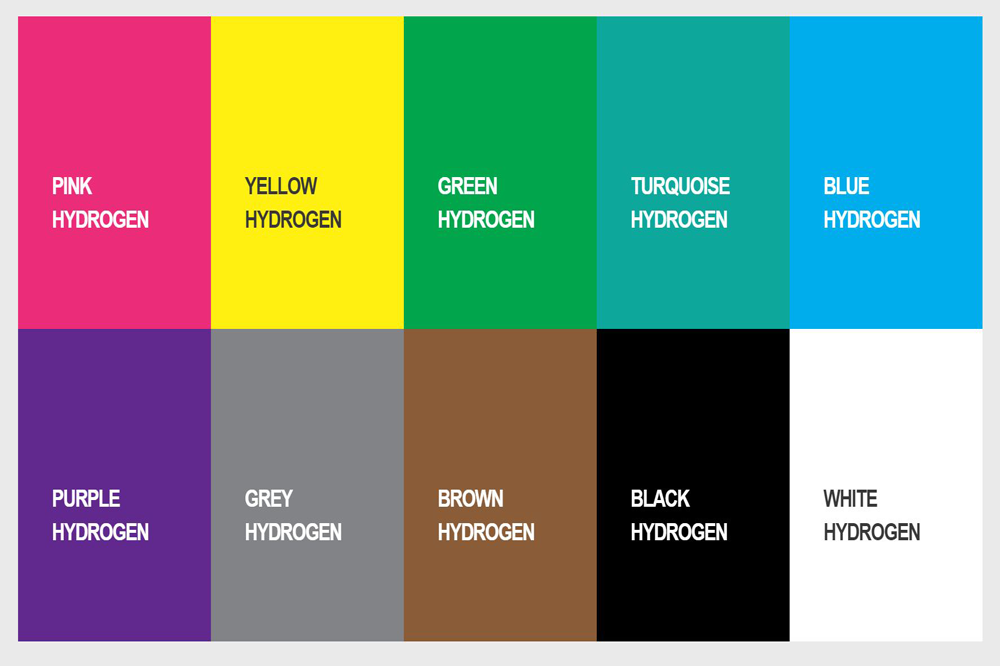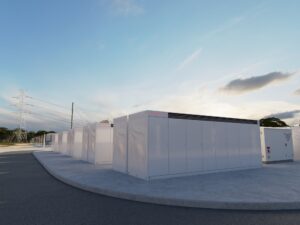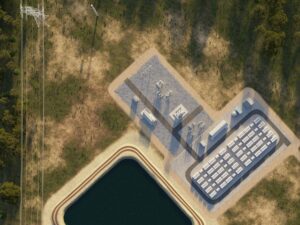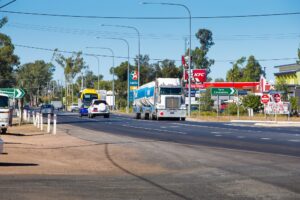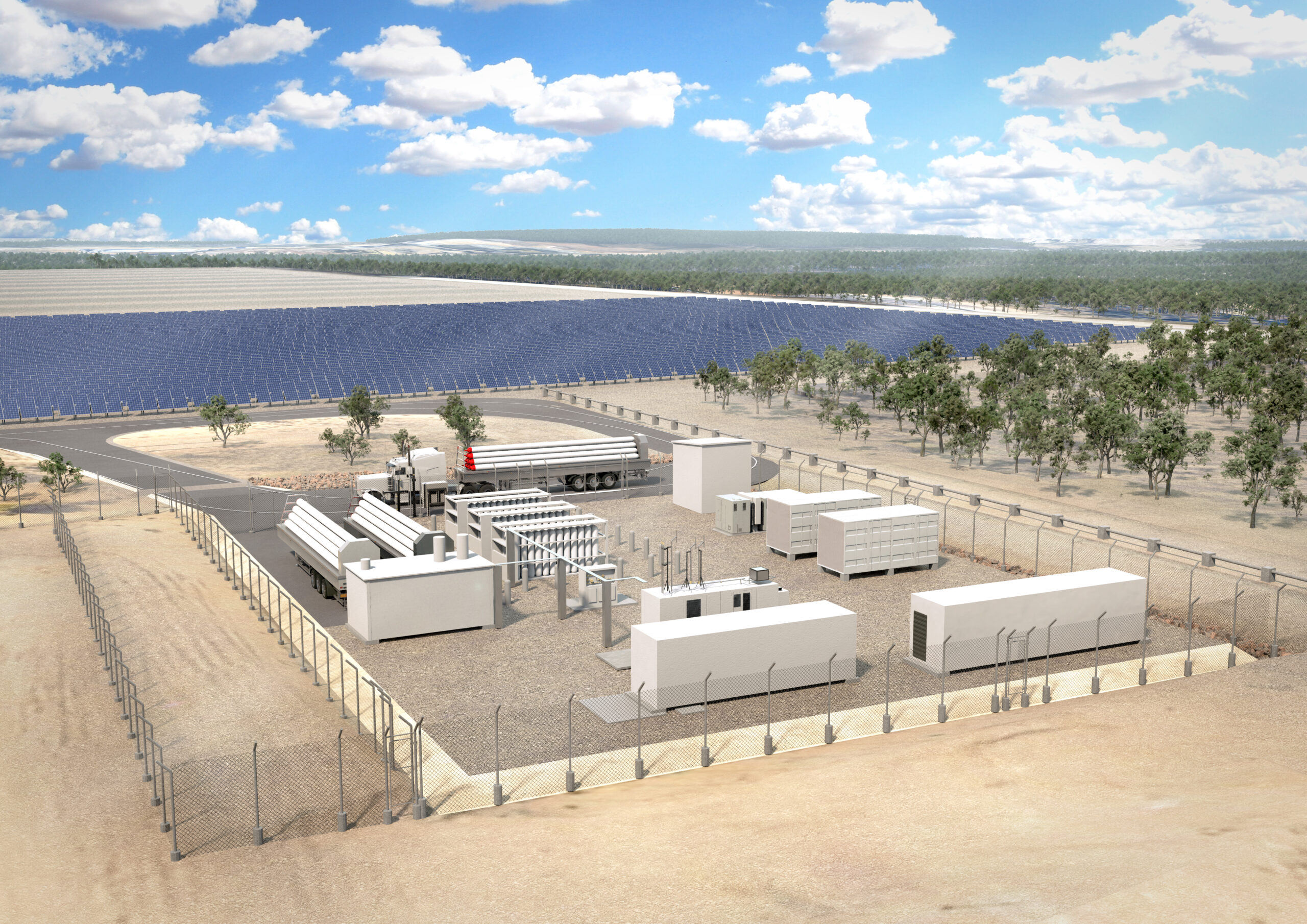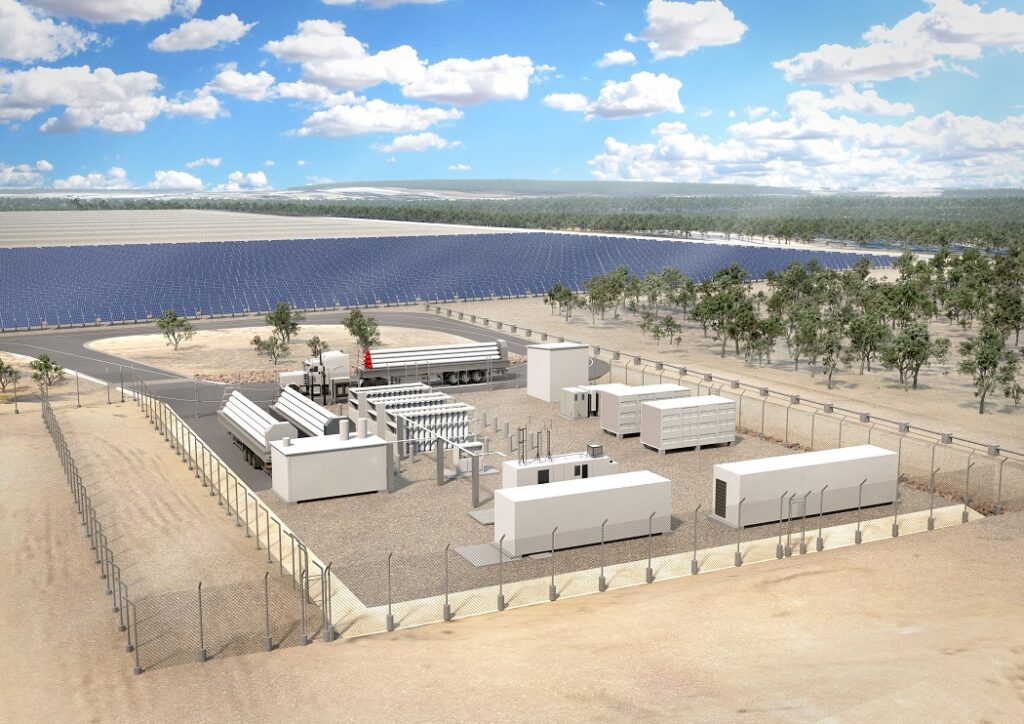As a self-confessed “energy nerd”, Andrew Wilson joined CS Energy in 2023 in the role of Future Energy Development Lead and it’s clear he lives and breathes renewable energy.
Andrew leads the day-to-day development activities for the company’s portfolio of future energy projects – from coordinating planning and environmental studies to managing geotechnical studies, connection applications and stakeholder engagement, as well as negotiating with contractors and suppliers for contracts to deliver equipment and construct assets.
“I am responsible for all the steps necessary to take a project from being a concept or idea on a piece of paper through to putting a shovel in the ground and starting construction. It’s incredibly exciting to be part of the full journey and to see something go from the genesis of an idea to a billion-dollar asset,” he says.
Andrew has almost 15 years of experience in renewable energy projects and energy markets. He has previously been the project director for the University of Queensland’s Warwick Solar Farm and, most recently, was a Director in KPMG’s Energy and Renewables team.

While passionate about solving the many complex challenges that arise on a typical renewable energy project, Andrew is just as passionate about renewables at home. He was an early adopter of solar and battery storage at home, drives an electric vehicle (EV) and is a blogger and podcaster on the topic of renewables.
“I love this sector and I enjoy helping people understand the most complex energy market in the world. Change is happening fast – five years doesn’t sound like a long time, but in that brief period, we are seeing incredible take-up in solar, and now around one in ten new cars are EVs.”
Andrew says the coming 12 months will be a time of intense activity, with CS Energy playing a critical role in the energy transition by ensuring the timely delivery of planned projects to support the delivery of Queensland’s renewable and emissions reduction goals.
“There is nowhere else I’d like to be than working at a company like CS Energy at this time in history. It is unique, because while there are a lot of companies developing and delivering new energy projects, very few of them have the scale and full life cycle of CS Energy,” he says.
“This is a business that’s been running a huge generation fleet and a retail business and a wholesale trading business for many years, but it is also now one of the country’s leading new project developers – managing an orderly transition of its portfolio while delivering reliable energy for Queensland.”
